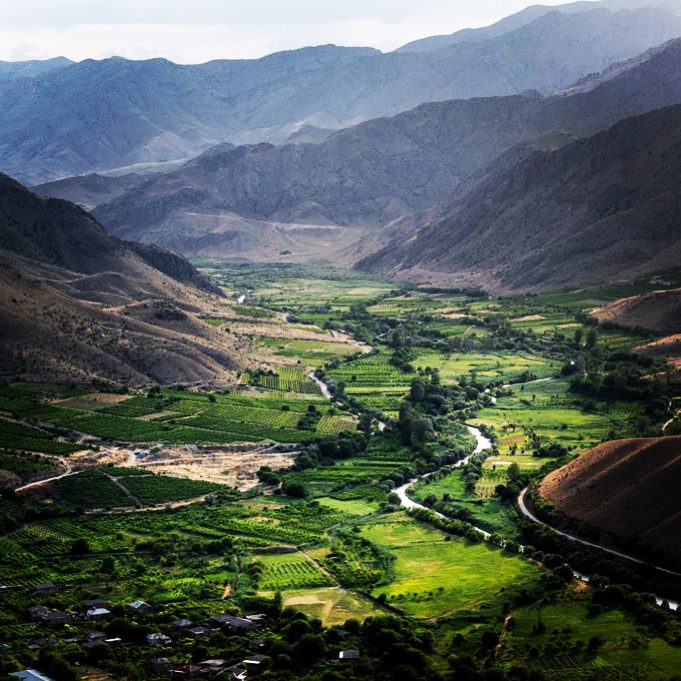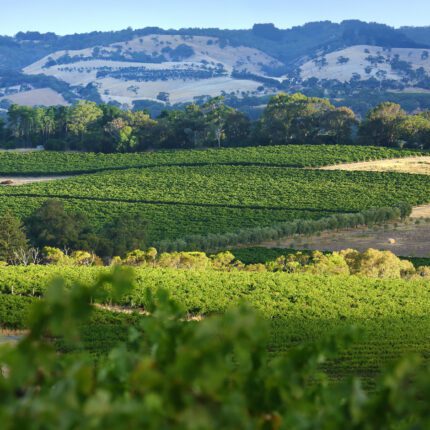
I knew that Australia had a storied winemaking history due to its unique climate, complex terroir and pioneering winemaking families dating back to early 19th century. I didn’t know the country boasts some of the oldest grapevines in the world with some being more than 150 years old.

I recently attended an event featuring “Australia’s Old Vine Treasures” hosted by the San Francisco Wine School and the Wines of Australia. David Glancy, Founder of San Francisco Wine School, took us through some of the history, and we were joined by Mark Davidson from the Tamburlaine Winery; Corrina Wright from Tarranga Vineyards, Dean Hewitson from Hewitson Vineyards and James Lindner of Langmeil Winery. It was evident that to truly appreciate the Old Vines of Australia you needed to delve in one grapevine at a time to truly understand the past and the future.
We covered a few things in our session:
History of Australia’s wine
I learned that wine grapes are not native to Australia and they arrived with the first European settlers in 1788. The important time for Australian winemaking happened between the 1830s and 1840s, when a number of pioneers began importing many types of grapevine cuttings from Europe. From there, they began to experiment and plant different varieties in different places. Australia was never exposed to phylloxera and some of the original vines are the oldest in the world.
You will hear the name James Busby, who is often credited with “being the father of the Australian wine industry.” Even though he had no background in wine, he was appointed a teacher of viniculture at a male orphans’ school after emigrating from Scotland to Australia with his parents. This led to writing several well-known books including A Treatise On the Culture of the Vine and the Art of Making Wine (1825), A Manual of Plain Directions for Planting and Cultivating Vineyards, and for Making Wine in New South Wales (1830) and on a pivotal trip he spent traveling through Spain and France he took note of the vine cuttings he collected inJournal of a Tour through some of the Vineyards of Spain and France (1833).
The grapes grown in Australia are Cabernet Sauvignon, Chardonnay, Grenache, Pinot Noir, Riesling, Semillon, Shiraz and Sauvignon Blanc. Old-vine regions come from Barossa Valley, Hunter Valley, Langhorne Creek, Clare Valley and other minor old-vine regions including Nagambie Lakes, McLaren Vale, Great Western, Rutherglen, Swan Valley). I delved a little into the Barossa and McLaren Vale regions in 2016 at the Savour South Australia event.
How Is An Old Vine Wine Defined?
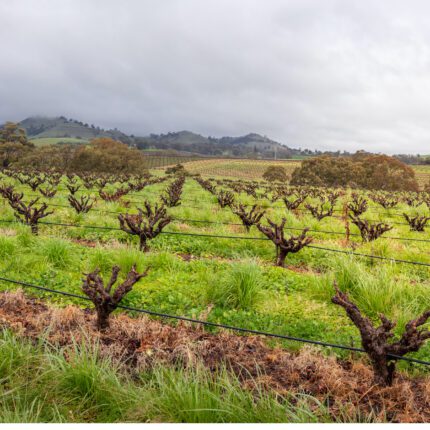
The answer to how an old vine is defined is not clear-cut and varies around the world. The most common way I have ever seen an Old Vine wine defined comes from the Barossa Old Vine Charter created in 2009. Barossa wines date back to 1842 and they have classified its old vines into four age groups.
- Old vines: 35 years or older — These vines have grown beyond adolescence and are fully mature, with a root structure and trunk thickness that encourage diversity of flavor
and character. - Survivor vines: at least 70 years old — These old vines have reached a significant milestone and serve as a living example of the commitment of grape growers and winemakers who value the quality and structure that the vines impart on their wines.
- Centenarian vines: at least 100 years old — These pre-phylloxera vines, planted generations ago, have impressively stood the test of time and matured with thick, gnarly trunks. They produce low yields of intensely flavored grapes, which can translate into wines with strong character and concentration.
- Ancestor vines: 125 years old or more — These vines contain genetic material
that have helped populate the region with irreplaceable old stocks that underpin viticultural tradition. They are mainly dry-grown, low-yielding vines that produce grapes of great flavor and intensity. They are believed to be among the oldest-producing vines in the world.
The Australian winemakers and proprietors talked about the 200 years of viticulture and winemaking in Australia and some of the multi-generational families behind these vines and wines. They talked about the stamina of some of these old-vines assets, grown on historic sites, the uniqueness of these terroirs by different regions and distinct characteristics including lower yields and well-developed roots.
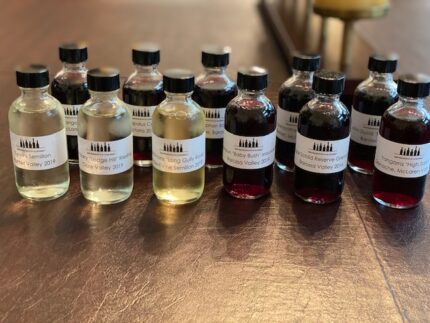
We tried a variety of Australian wines that really showed what these old vines could do:
- 2019 Jim Barry Lodge Hill Riesling – Clare Valley – the dry version had notes of lemon, lime, peach, petrol, marmalade, white flowers and wet slate. For winery information, click here.
- 2019 Tyrrell’s Semillon – Hunter Valley – this was one of the top Semillon vineyard sites with lots of minority and notes of lemon, tarragon, melon and hint of nuttiness. For winery information, click here.
- 2018 David Franz Long Gully Semillon – Barossa Valley – I tasted notes of oak, peach, smoke, honey and this had a great mouthfeel. For winery information, click here.
- 2019 Hewitson Baby Bush Mourvèdre – Barossa Valley – I tasted jammy blue fruits, floral notes, black cherry, herbs and earth in this single vineyard Mourvedre. For winery information, click here.
- 2016 Schild Estate Edgar Schild Reserve Grenache – Barossa Valley — Bursting with red currant, cherry, spice and rose, this is a big Grenache that delivers substance. For winery information, click here.
- 2015 Yangarra High Sands Grenache – McLaren Vale — this was a big wine with notes of red and blue fruit, flowers and spice. For winery information. click here.
- 2017 Maison Lapalus Cabernet Franc– Bendigo – This wine comes from a vineyard that had been abandoned for a few years and was the surprise of the tasting. It had plum, blackberry and herbal notes. For more winery information, click here.
- 2017 Oliver’s Taranga HJ Shiraz – McLaren Vale – This was a velvety wine and I tasted notes of plum, smoke, pepper, blackberry and mocha. For more winery information, click here.
- 2017 Langmeil Orphan Bank Shiraz – Barossa Valley – This wine had notes of chocolate, eucalyptus, red and blue fruits and herbs. For more winery information, click here.
- 2017 Hickinbotham Trueman Cabernet Sauvignon – McLaren Vale – I tasted cocoa, black fruit, cassis, vanilla, spice, tobacco and floral notes. Hickinbotham is owned by Jackson Family Vineyards, but it seems they continue the trend of investing resources, but letting the team led their own way. For more information. click here.
- 2015 John Duval Plexus Shiraz-Grenache-Mourvèdre – Barossa Valley – I tasted black and red fruit, herbs, spice, violets and caramel. It’s a blend of 51% Shiraz, 32% Grenache and 17% Mourvèdre. For more winery information, click here.
In a fast search, it appears most are available either at Wine.com or Total Wine.
The event had over 100 attendees and shipped over 1,500 mini bottles to roughly a dozen states. If you want to learn more about Australia, the individual regions or the wines, the recording of the Zoom session is here as well as more information Australian Wine Discovered and the Barossa Old Vine Charter.
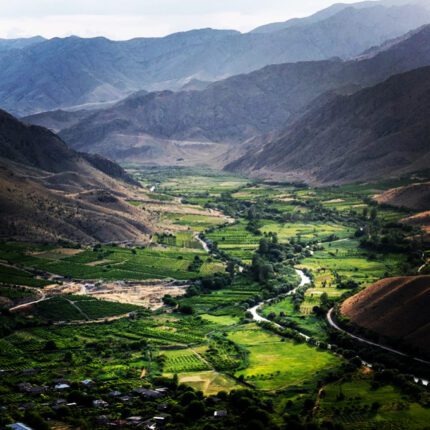
I loved how Corrina summed up how each winemaker approached every Old Vine. “We are custodians and guardians,” she said. “We protect the future. To me, these are individual children and it is our charter to look after them.”
